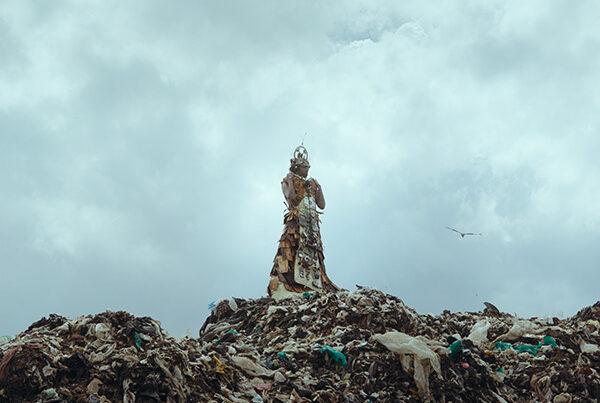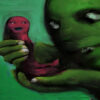By Francesca Marchesini and Vanessa Mangiavacca
In collaboration with dAS Festival | reviews by Francesca Marchesini and Vanessa Mangiavacca
In film, I can make the world dance. So wrote Maya Deren, one of the most important personalities in avant-garde cinema, forerunner of what would be later defined as choreographic cinema. According to Maya Deren’s way of thinking, we should observe and imagine the world as a big stage where dancing bodies can perform.
The history of dance and the history of civilization go hand in hand, from religious rituals to theatrical representations. In contemporary society, claiming a space through body movement is still a political gesture, especially when the plurality of identities linked to this movement are fluid, non-compliant with the dominant way of thinking. Dance is a primordial instinct that pushes to move, an element of spontaneity, emancipation, community, and self-expression. A population that cannot dance is an oppressed population and the different ways in which this art expresses itself within a society are the symbol of its freedom. Therefore, we must ask ourselves: can I dance into this house? Can I dance in these streets? Can I dance in the world?
This is the underlying idea that guides the new thematic focus of Concorto Film Festival, coupled with a talk on the very same topic with dAS Festival, created in collaboration with dAS Festival, the first multidisciplinary festival dedicated to the arts of dance and choreography in Piacenza.
The film selection
By Francesca Marchesini and Vanessa Mangiavacca
In collaboration with dAS Festival
And I’m dancing too by Mohammad Valizadegan
Physical Culture by Anna Bogomolova
NUNCA FUIMOS UN DESIERTO di Agustina Comedi + Chiachio & Giannone
Terra Mater by Kantarama Gahigiri
Impossible Image by Karen Pearlman
Reviews by Francesca Marchesini and Vanessa Mangiavacca
Physical culture by Anna Bogomolova
Anna Bogomolova’s short film is a neon explosion that lights up the sweat on the dancing bodies on the scene.The director decides to illustrate how the movement is a synonym of liberation and self-expression, underlying the focus on the body as a primary tool for experiencing life. The body is an archive of feelings that gives life to a physical culture and a culture of the body. The language used is extremely playful and queer, free from any prejudice.
Terra Mater by Kantarama Gahigiri
A sick land and people forced to live among pollution and waste from the richest part of the world. Movement and singing as a means of revolution. In Terra Mater, dance is the means used to underline the need to dominate and replace a system of supremacism and hyperconsumerism that is unfortunately well-established. Bodies merge with dirt, hidden among mountains of waste. Or rather, bodies that were in the past hidden, dominated, while now, not only do they strongly claim their right to exist, but also fiercefully claim a new way of living, that will bring down both the pyramids of waste and the hierarchically built social pyramids.
Impossible Image by Karen Pearlman
Karen Pearlman merges past (archive material) and present (choreography), creating a montage of feminist anger and irony. In showing scenes and movements related to silent movies of the 1920s, Impossible Image is an hymn against gender norms and patriarchy, a brilliant documentary on anarchy and revolutionary spirit that, unlike traditional and stereotypical narratives, has always been intrinsic to the female soul.












Commenti recenti